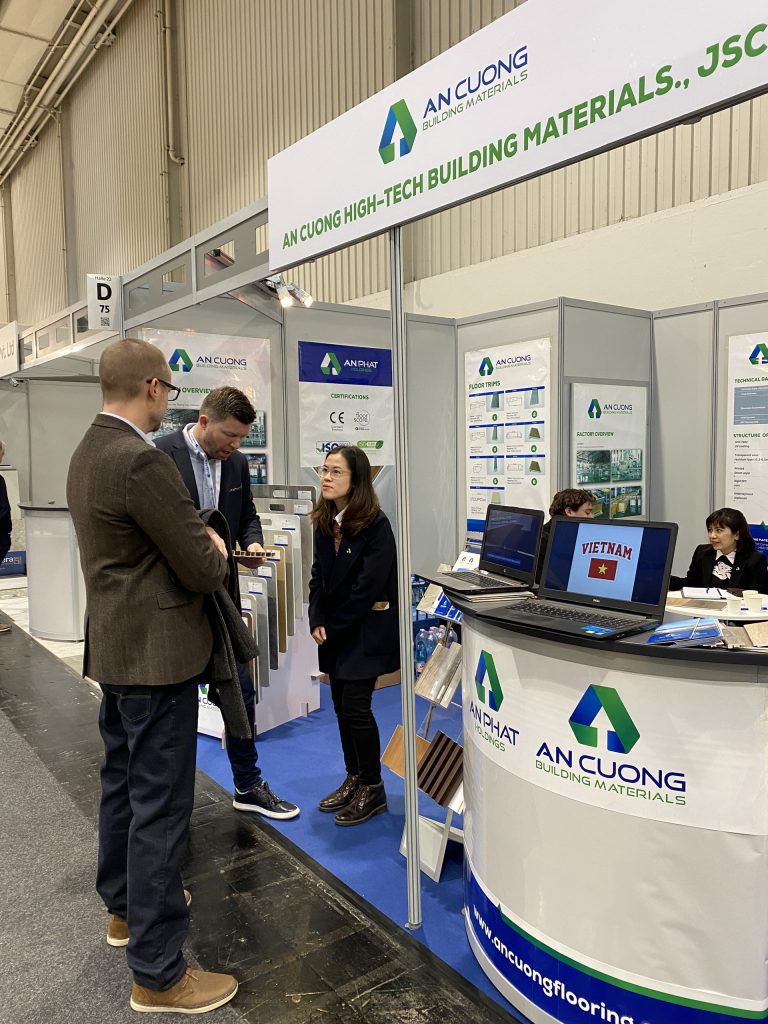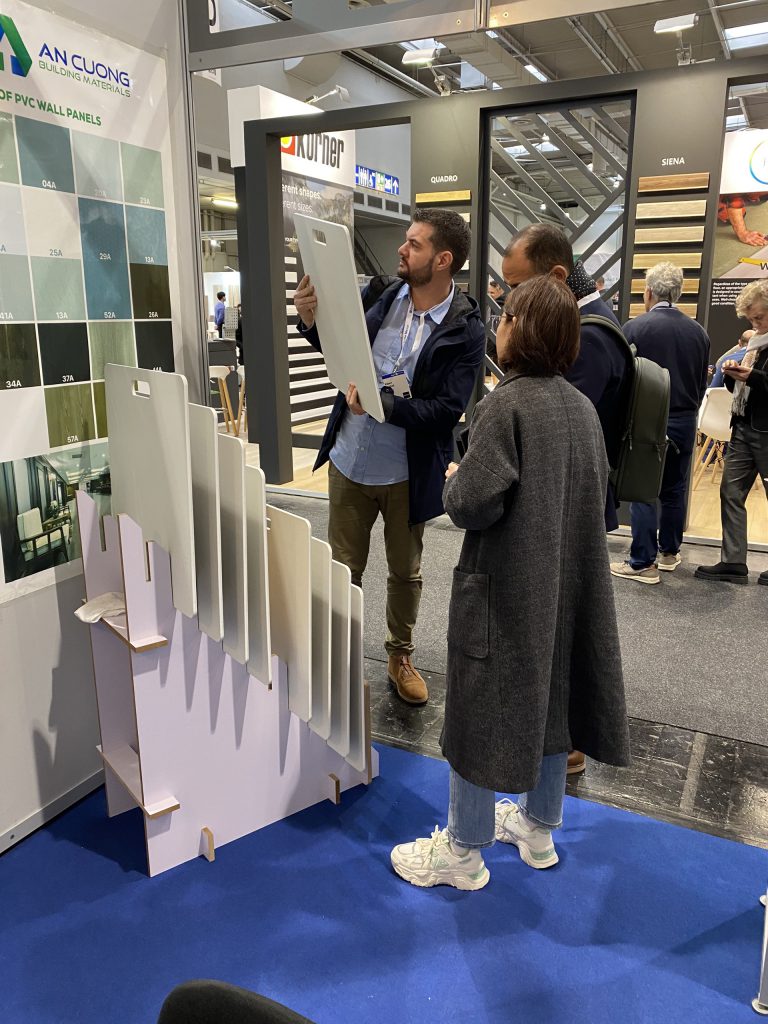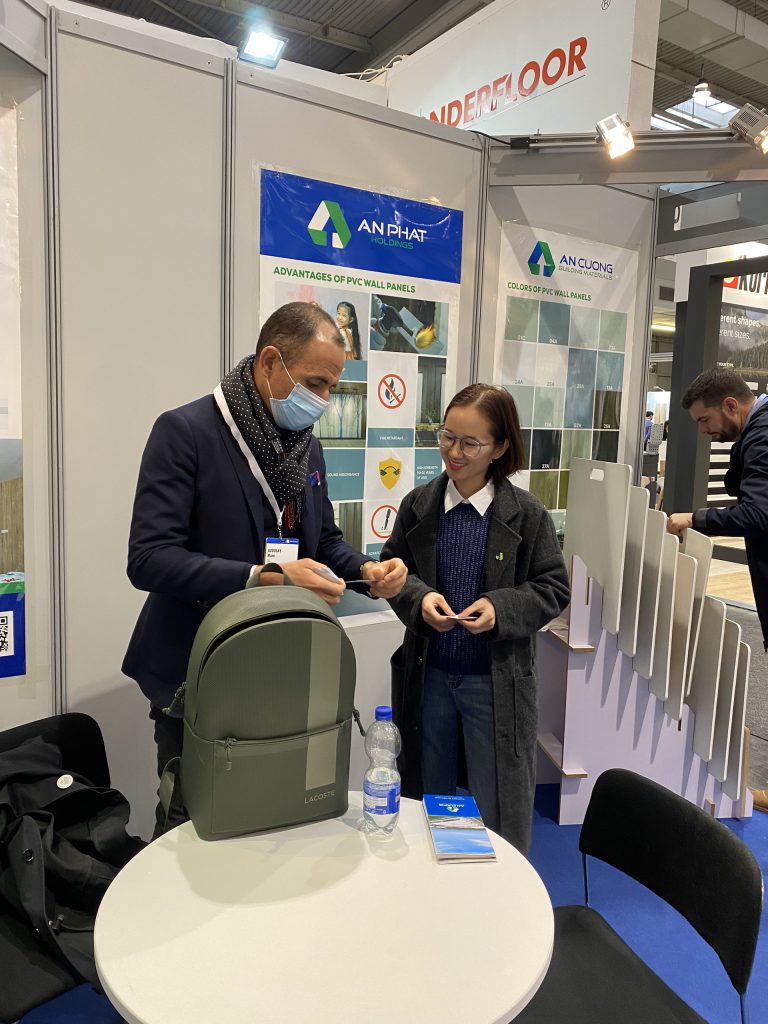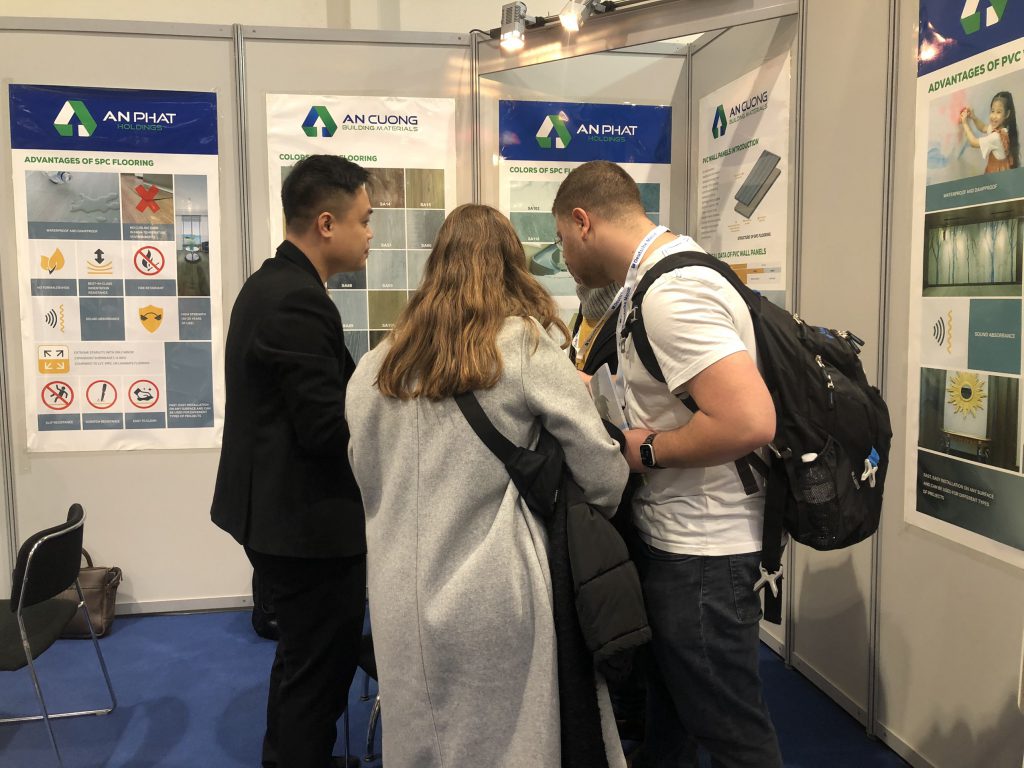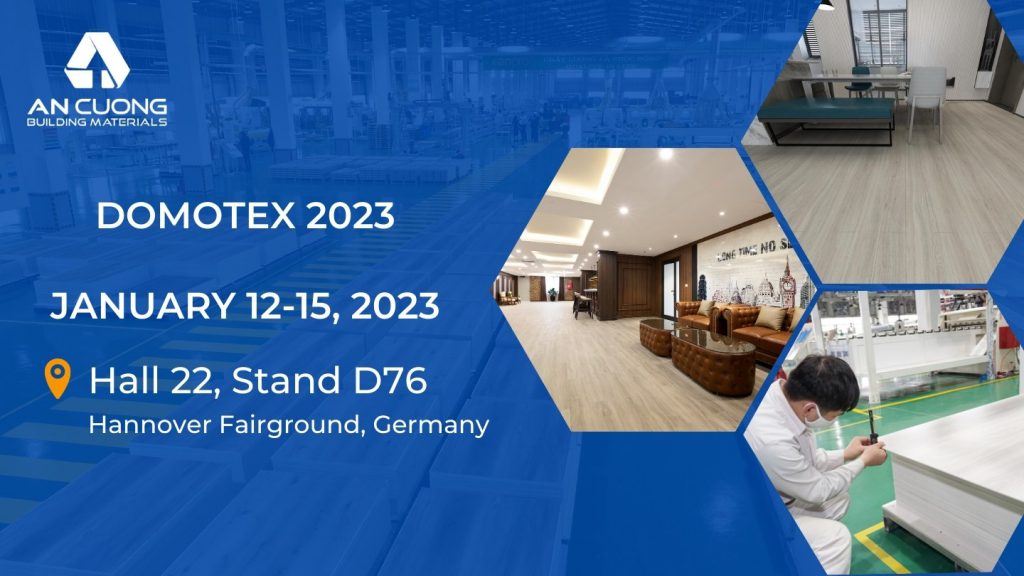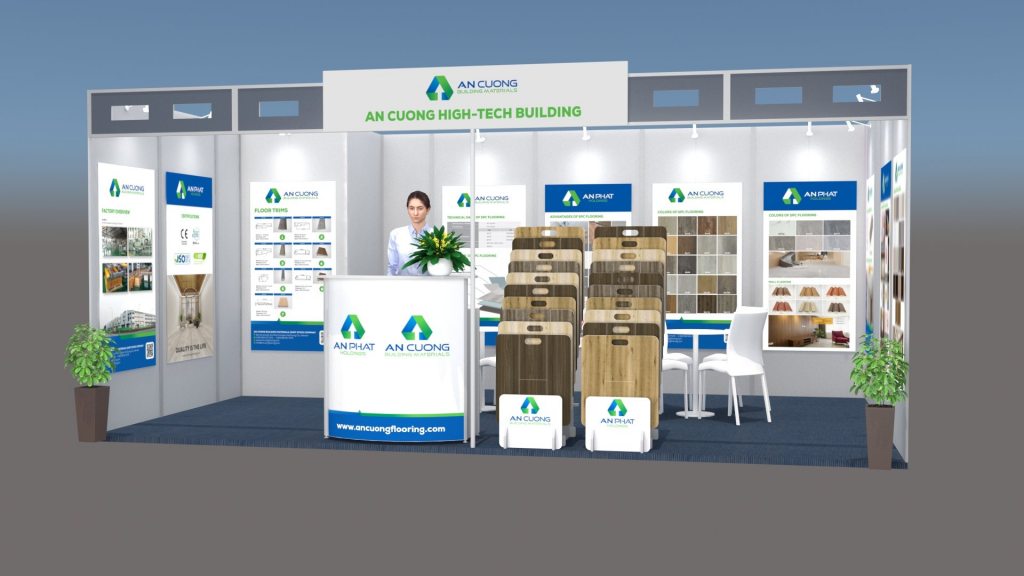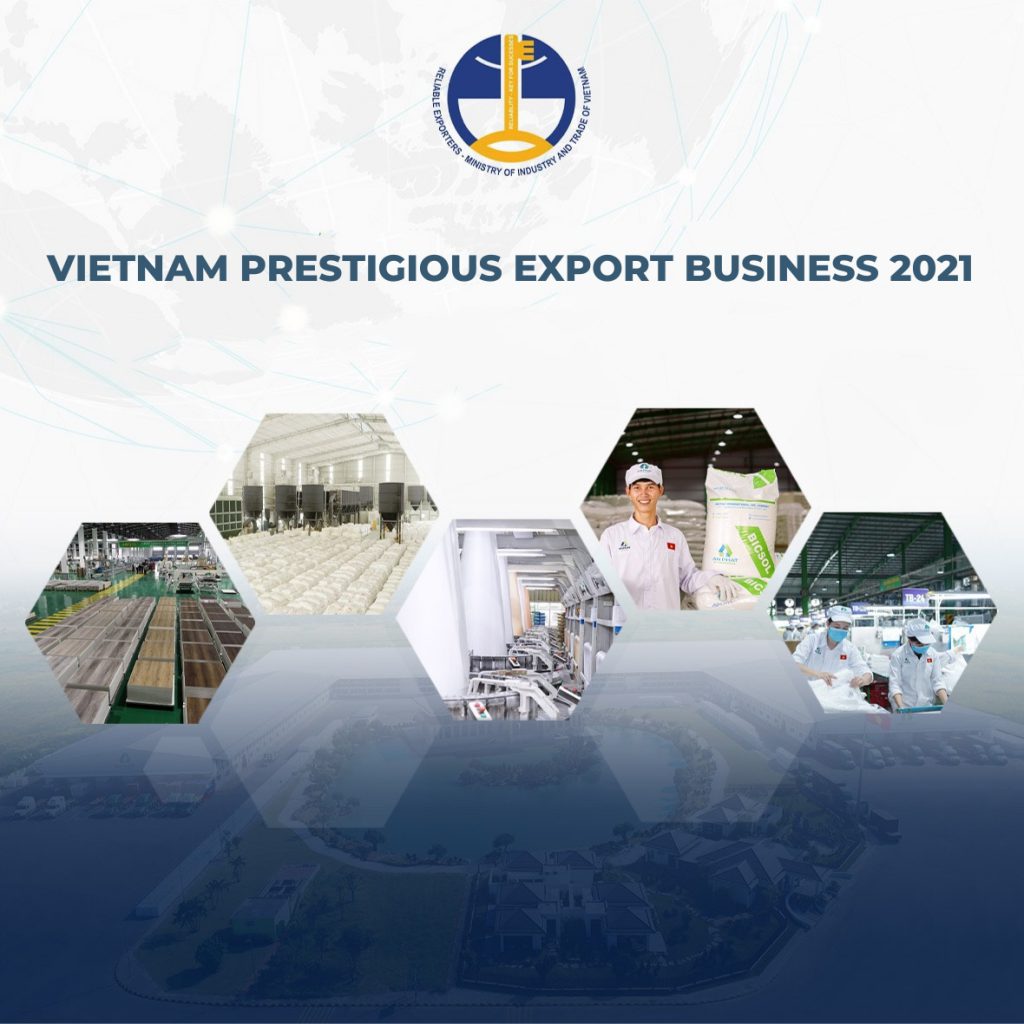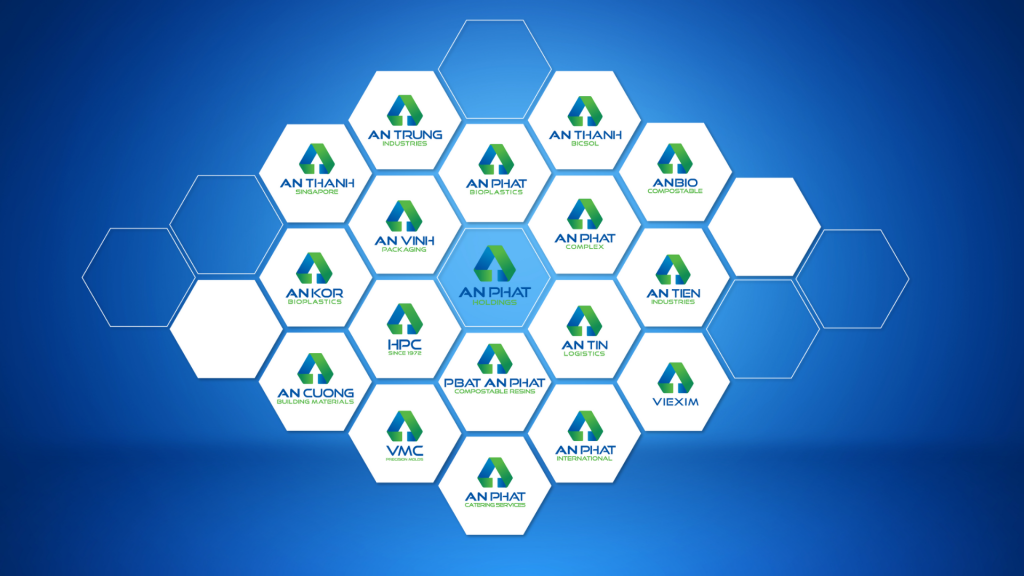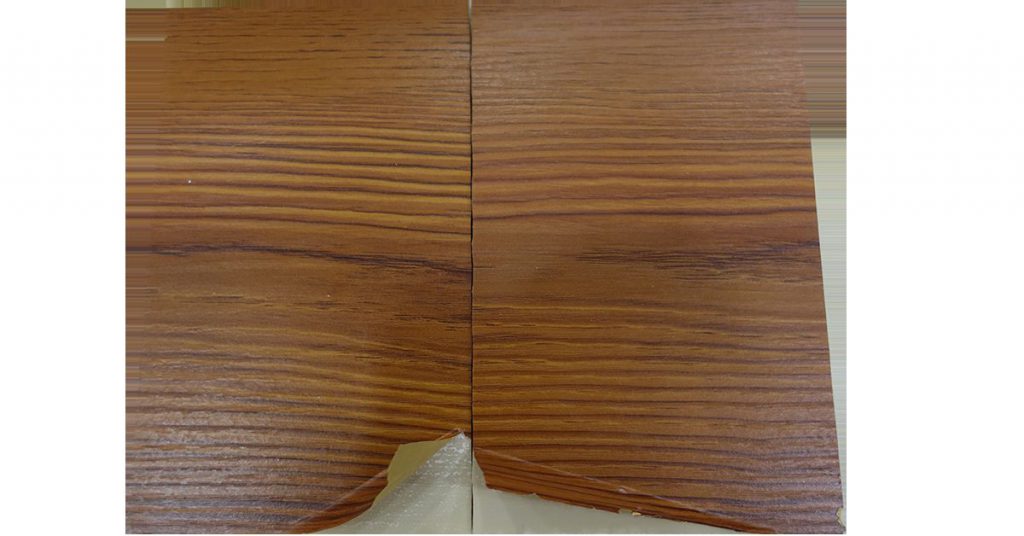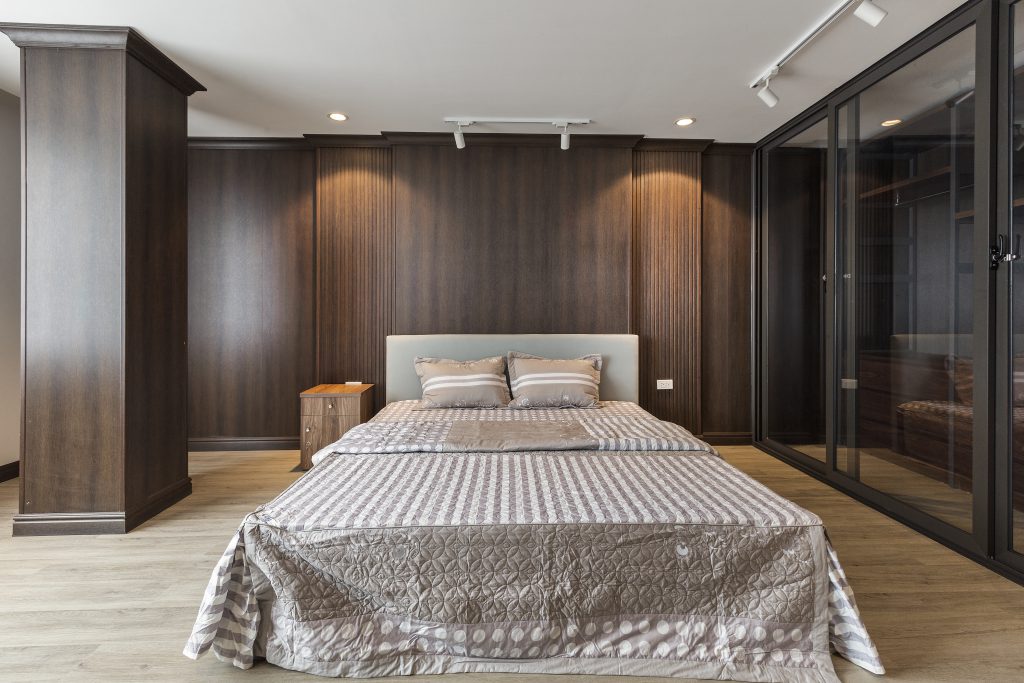Vinyl Plank (SPC Flooring) is a luxurious flooring solution for homeowners. It improves your house’s aesthetic like hardwood flooring at an astonishingly affordable price. However, if you cannot control the temperature and moisture in the house, the vinyl plank flooring has a good chance of getting damaged. Unwanted situations such as curling, and warping can occur due to installation-related failures as well.
1. Cupping

More about Cupping
 Cupping is the most common problem of vinyl planks. After a certain period, the sides start to rise, making the board look like a cup or concave. This mainly occurs because of the temperature difference between the top and bottom of the board. Those culprits are more difficult to discover since there are no immediate changes.
Cupping is the most common problem of vinyl planks. After a certain period, the sides start to rise, making the board look like a cup or concave. This mainly occurs because of the temperature difference between the top and bottom of the board. Those culprits are more difficult to discover since there are no immediate changes.
It occurs because the material expands and shrinks with the change in temperature and moisture content. Sometimes the cupped floor problem is solved automatically when the temperature becomes normal as before. However, sometimes it becomes permanent and requires expert inspection.

Reasons for Vinyl Plank Flooring Cupping
1. Change of Seasons
One of the primary causes of cupping is the seasonal change. For example, summer produces more moisture in the environment. Floor gets affected by the change in humidity. Moistures get accumulated under the plank floors, which results in cupping.
2. Wet Subfloor
When the moisture content is high in your room, there is a good chance of water seeping under the floor beds. Check your floors occasionally if you reside in a high humid area.
3. Faulty Plumbing and Leaks
Sometimes faulty plumbing can cause cupping issues. The floor usually fits tightly to each other like jigsaw puzzle pieces during fitting. If there is a leak or gap between floors, moisture can easily seep under the planks.
4. Moisture Content
The right amount of moisture content is a must for installing the vinyl floors. Experts will take the moisture reading of your environment before installing the flooring. The subfloor needs to be dried. The boards turn into a concave shape if the moisture level is wrong when installed.
5. Heat And Sunlight
Heat, sunlight are the primary causes of cupping. Variation in the temperature prompts expansion and contraction of the material. Thus, the plank floors start to cup.
How to Solve the Cupping Problem
Change in moisture, temperature, or leaking water can reportedly cause cupping. A proper diagnosis is necessary to understand the correct origin. Let’s learn the best methods to prevent or cure the cupped floors:
- Inspection of basements and subfloors before installing the planks.
- Turning off the AC fans to avoid condensation.
- Using dehumidifiers to control the humidity in humid areas.
- Avoiding venting in the crawl spaces to prevent mold.
If you’re finding it difficult to get into the heart of the problem, get an expert opinion. Industry experts have years of experience to solve the issues.
2. Buckling – the opposite of cupping
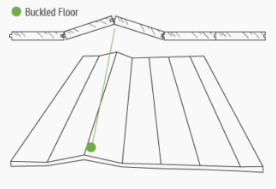 Regarding the nature of the damage, buckling is the opposite of cupping. It bows the other way, forming grooves and peaks.
Regarding the nature of the damage, buckling is the opposite of cupping. It bows the other way, forming grooves and peaks.
Reasons for Vinyl Plank Flooring Buckling
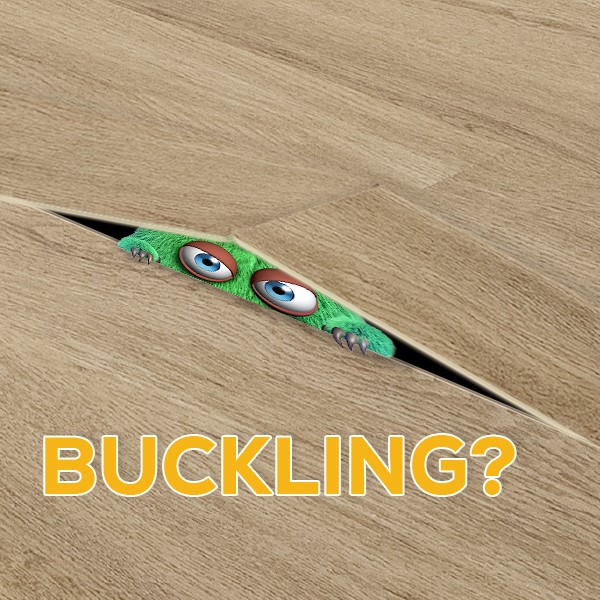
1. Poor Installation
A bad installation job is the number one reason why vinyl planks bend after some time. Like hardwood and laminate, vinyl floors require room for expansion as the floors settle in.
During installation, place the planks 10-12mm away from the wall to accommodate the natural expansion and contraction. The planks will bend and lift if there is no space for expansion left around the room’s perimeter.
2. The Condition Of The Subfloor
Vinyl planks are considered the easiest to install because they don’t require extensive subfloor prep work as the planks float on the existing floor. But, for the best results, the subfloor should be leveled and free of debris before installing the planks.
Installing any vinyl on a badly done subfloor is a sure way to shorten your floor’s life span. The uneven floor will weaken the seams between planks, resulting in buckling.
3. Temperature Changes
Vinyl will expand when exposed to heat and contract when the ambient temperatures are cooler. The expansion and contraction cause the flooring to shift and buckle. Planks that are closer to windows and exposed to constant fluctuation of heat and cold are more prone to buckling.
While you cannot control ambient temperature changes, you can use the appropriate window dressing to protect your floor from exposure to direct sunlight. Doing this will minimize expansion from heat exposure and the subsequent contraction.
4. Moisture Trapped Underneath The Planks
As is the case with heat and cold, moisture is a major culprit in weak, lifted, and buckled vinyl flooring. In well-installed flooring, the seams between planks are tight enough to keep moisture from seeping through. Still, if your concrete subfloors have a moisture problem, the seams between the planks could come apart, weakening the flooring and causing it to buckle.
High-quality vinyl plank flooring is less prone to moisture damage. That said, it is a good idea to install a moisture barrier on top of the subfloor before installing the plank flooring to protect against the effects of excessive moisture. The thickness of moisture barrier does not exceed 0.15mm.
5. Abuse And Improper Use
Many factors determine the durability of the flooring; one among them is the care and maintenance you accord your floors. It goes without saying that floors that are well-cared tend to last longer than those subjected to abuse and improper use.
Vinyl is strong and sturdy, but one thing that will weaken your flooring is dragging and dropping heavy items. Frequent dragging of heavy furniture and appliances across the room will pull the planks apart or cause them to strain under the heavyweight, resulting in bending and buckling.
6. Don’t Acclimate Vinyl Plank Flooring
Acclimation is necessary for the fixation of the vinyl plank flooring. Your floor will deform due to expansion or shrinkage if you don’t acclimate it. Get the moisture and temperature readings and control them before fixing the flooring.
How To Check The Reason
When those problems occur, we need to find out the reason so that we can have an appropriate solution. we can check the following:
- Inspection all the expansion of floor
- Inspection the moisture of floor
- Inspection if any cushion is used on subfloor before installing SPC flooring over
- Inspection if something is fixed on the floor
- If using sealant to fill the gaps, the sealant needs to be flexible, soft and elastic to support flooring move when it expands.
3. Conclusion
Vinyl planks are an excellent alternative to wood flooring. Your room’s aesthetic improves significantly with it. And it is durable at the same time. However, this cheap solution comes with some serious issues. Vinyl plank flooring cupping is the most common of all.
Understanding the cupping issues helps to prevent it at the very beginning. Even if your vinyl planks create cupped floors, you can fix them quickly. Keep the moisture, sunlight, and temperature in control. Also, perform regular cleaning to increase its longevity. Proper maintenance saves a lot of time and money, replacing the entire flooring.








